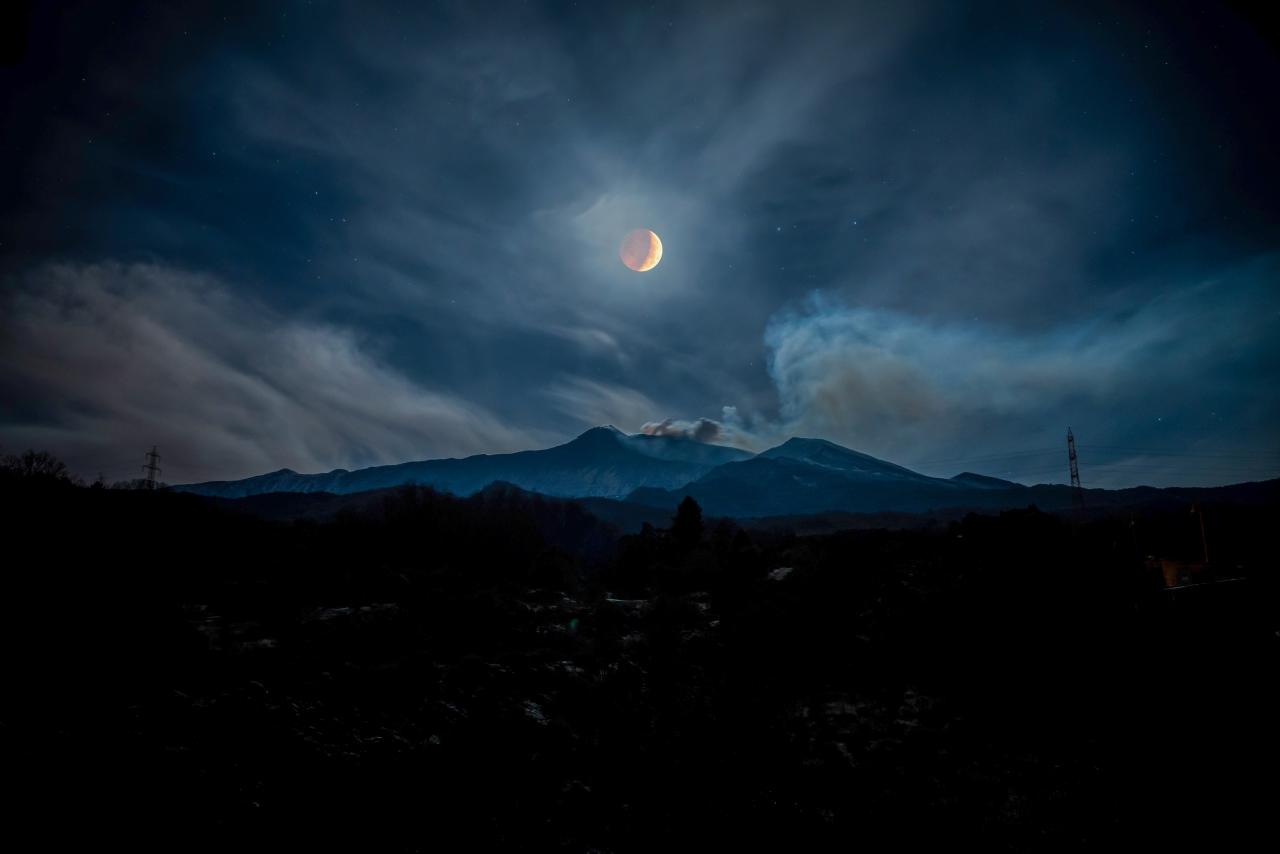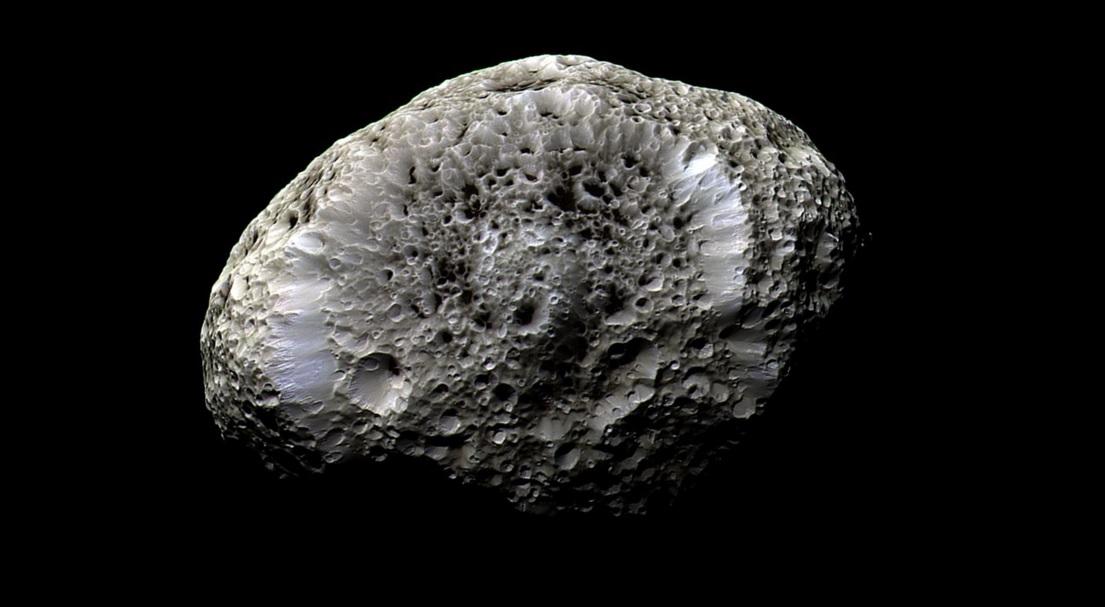
Discover what to see in the sky during February 2020, including the Winter Hexagon.
By Patricia Skelton, Astronomy Education Officer
(Details given are for London and may vary for other parts of the UK)
Top 3 things to see in the night sky in February:
- Throughout the month: Spot the Winter Hexagon soaring overhead.
- 9 February: Wrap up warm – it’s the Snow Moon Full Moon.
- 18 – 20 February: A waning crescent Moon will help you find Mars, Jupiter and Saturn.
Look Up! Podcast
Subscribe and listen to the Royal Observatory Greenwich’s podcast – Look Up! As well as taking you through what to see in the night sky each month, Royal Observatory Greenwich astronomers pick their favourite news stories to talk about. For February, they’re chatting about the red supergiant star Betelgeuse which has been getting fainter since December and also about the mystery of the great divide in our Solar System which may have been solved. Have a listen below, then vote for your favourite news story on our Twitter poll (@ROGAstronomers) during the first week of the month.
Our podcast is available on iTunes here
Astronomy in February 2020: key events and what to see
Throughout the month: The Winter Hexagon, the water snake and the charioteer

The Winter Hexagon is a giant asterism containing six of the brightest stars in the night sky. Soaring overhead at around 9pm, this asterism is made up of the stars Rigel, Aldebaran, Capella, Procyon, Sirius, and Pollux. The Winter Hexagon is easy to spot – begin your journey at the bright white/blue star Rigel in the constellation of Orion the Hunter and make your way anticlockwise around the sky, hopping from star to star. A number of deep sky objects can be found inside the Winter Hexagon including nebulae, such as the Orion and Rosette Nebulae, and star clusters such as the interestingly named Salt and Pepper cluster as well as M38, the Starfish cluster. Another asterism lies inside the Winter Hexagon – join the stars Betelgeuse, Procyon and Sirius and you’ll form the Winter Triangle.

Following the Winter Hexagon across the sky is the constellation Hydra, the water snake. It is the largest constellation in the night sky and contains a number of cosmic treats for observers. One such object is the Ghost of Jupiter, a planetary nebula roughly 1,400 light-years from the Earth. To early observers, the nebula appeared planet-like through a small telescope and reminded them of the planet Jupiter, hence its name. A planetary nebula forms when a sun-like star has reached the end of its life, shedding its outer layers of material and exposing the remnant of its core – a hot white dwarf star. The white dwarf star gives off ultraviolet radiation which ionises the shed material causing it to glow, producing a planetary nebula.

Auriga the Charioteer is one of the prominent Winter constellations. To find it, search for the distinct V-shaped pattern of stars that make up the head of Taurus the Bull. Follow the northern horn of the Bull up to the star Elnath, the star at the tip of the Bull’s horn. Interestingly, Elnath used to have the designation of Gamma Aurigae but the star was reassigned to the constellation of Taurus, and so is now known as Beta Tauri. A circular pattern of stars forms the constellation of Auriga and the brightest star, Capella, marks the Charioteer’s left shoulder. Look nearby Capella for an asterism consisting of a small triangle of stars. The asterism is known as The Kids because the name Capella is Latin for a female goat.
9 February: Snow Moon and Regulus

Different cultures around the world have given names to the full moon of each month. Most of the names used today come from Native American culture. This month’s full moon, which falls on 9 February is known as the Snow Moon, because the month of February coincides with cold and snowy weather in North America. Shining brightly below the full moon is the blue/white star Regulus. To the unaided eye, Regulus appears to be a single star but it is a member of a quadruple star system. Through a good pair of binoculars, you might be able to see two points of light. The brighter of the two is Regulus A, whose stellar companion is thought to be a white dwarf star. The other two companions, themselves gravitationally bound, is the fainter of the two points of light.
18 – 20 February: Mars, Jupiter and Saturn

Venus continues to dominate the south-west sky this month, shining brightly in the sky for a few hours after sunset. But not all of the planets are as easy to spot as Venus. The planet Mercury is more challenging to observe because it often gets lost in the glare of the Sun. February 10 will provide you with your best chance of spotting Mercury as the planet reaches greatest eastern elongation on this day. Look towards the south-western horizon around an hour after sunset and you will see Mercury, easily outshone by brilliant Venus. For some other planetary treats, you’ll need to search the early morning sky and luckily, for observers, a waning crescent Moon will help you find them. At around 6.30am on the mornings of February 18 – 20, the Moon will pass by the planets Mars, Jupiter and then Saturn.
The Moon’s phases this month

- 2 February: first quarter moon (01.42am)
- 9 February: full moon (07.33am)
- 15 February: last quarter moon (10.17pm)
- 23 February: new moon (03.32pm)
Stargazing Tips
- When looking at faint objects such as stars, nebulae, the Milky Way and other galaxies it is important to allow your eyes to adapt to the dark – so that you can achieve better night vision.
- Allow 15 minutes for your eyes to become sensitive in the dark and remember not to look at your mobile phone or any other bright device when stargazing.
- If you’re using a star app on your phone then switch on the red night vision mode.
- Need a stargazing telescope or binoculars? Check out our range of high quality observing equipment recommended by Royal Observatory Greenwich astronomers.
See our range of observing equipment
Share your astronomy pictures
Congratulations to John McKinnon for his stunning image of the night sky. He shared his image on our astrophotography Facebook page and we chose it for February’s banner image.
If you want to be in with a chance to showcase your astrophotography skills on the banner of next month’s blog, share your photos via our Royal Observatory Astrophotography Facebook group.
You can also connect with us on Twitter: @ROGAstronomers
Marvellous Moons Exhibition

Come and see spectacular images of the weird and wonderful moons in our solar system and learn more about them in our free exhibition at the Royal Observatory Greenwich.
The exhibition is open daily until 20 March 2020.
You can also explore the moons a bit further by joining us for our Moons Beyond Counting planetarium show
See more of the night sky
Come on an amazing tour of this month’s night sky in our Sky Tonight planetarium show delivered live by a Royal Observatory Greenwich astronomer.
See the Sky Tonight planetarium show
Central image: © John McKinnon
Resources for teachers and students

The Royal Observatory Greenwich’s learning team has also created
- Free animated videos that answer the biggest questions in astronomy and free resources to go alongside them.
- A whole host of podcasts featuring interviews with real space scientists, astronauts and active researchers working in UK universities.